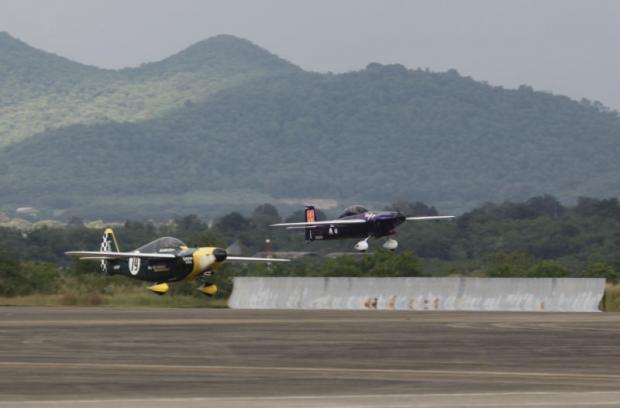
The Industrial Estate Authority of Thailand (IEAT) will do a joint study with the Federation of Thai Industries (FTI) on the development of an industrial estate for a "new S-Curve" industry.
IEAT Governor Veerapong Chaiperm said the study would focus on the plausibility of developing a new S-Curve industrial estate in the Eastern Economic Corridor (EEC), the focal point of the government's flagship policy to promote industry and drive the country's economy.
"We expect to start the joint study next week for the new S-Curve industrial estate, which would be on 1,000 rai of land," said Mr Veerapong.
The S-curve is a model under which a new business with higher technology and innovation is created at a time when the company's growth reaches its peak and begins to taper or level off.
The new S-curve industry in the EEC will consists of robotics, aviation/logistics, biofuels/biochemicals, digital economy and medical hubs.
The EEC was designed by the government to be a flagship policy for driving growth. It spans a combined 30,000 rai in the provinces of Chon Buri, Rayong and Chachoengsao to accommodate investment in 10 targeted industries: next-generation cars; smart electronics; affluent medical and wellness tourism; agriculture and biotechnology; food; robotics for industry; logistics and aviation; biofuels and biochemicals; digital; and medical services.
Mr Veerapong said the study would also focus on the development of facilities supporting electric vehicles (EVs), which is one of the government's next-generation industries being promoted.
"We will spend a sufficiently long time conducting the study as we need to look into several details regarding the industrial estate, including energy, environmental and conservation issues to be taken into consideration to match next-generation industries," he said.
He said the emergence of the new industrial estate would help encourage investment in the country's EEC area.
According to the authority, new investment in IEAT areas nationwide during the first five months of the 2017 fiscal year (October 2016-February 2017) covered 1,476 rai of land. This accounted for around 49% of the 3,000 rai target for the whole fiscal year ending September 2017, he said.
Around 80% of total investment so far is in EEC areas.
"Investment projects and investment value are due to increase substantially for the rest of the year since the government has announced a clear policy to promote the EEC. That has encouraged more investors to come to the IEAT and ask for more information about how to start investing in the areas," said Mr Veerapong.